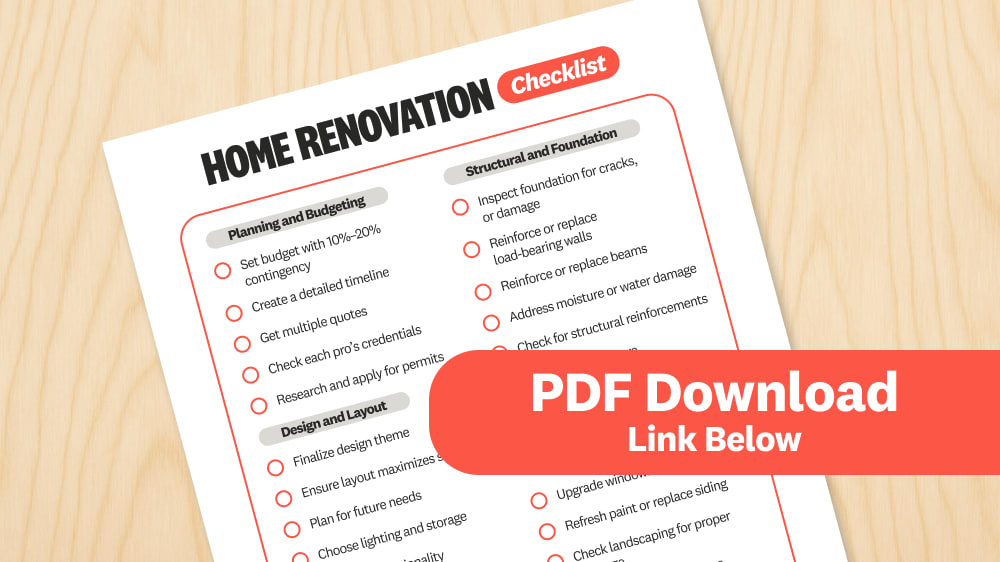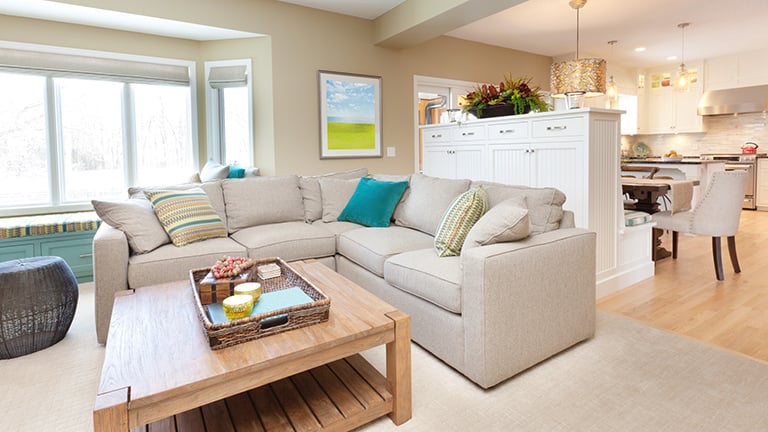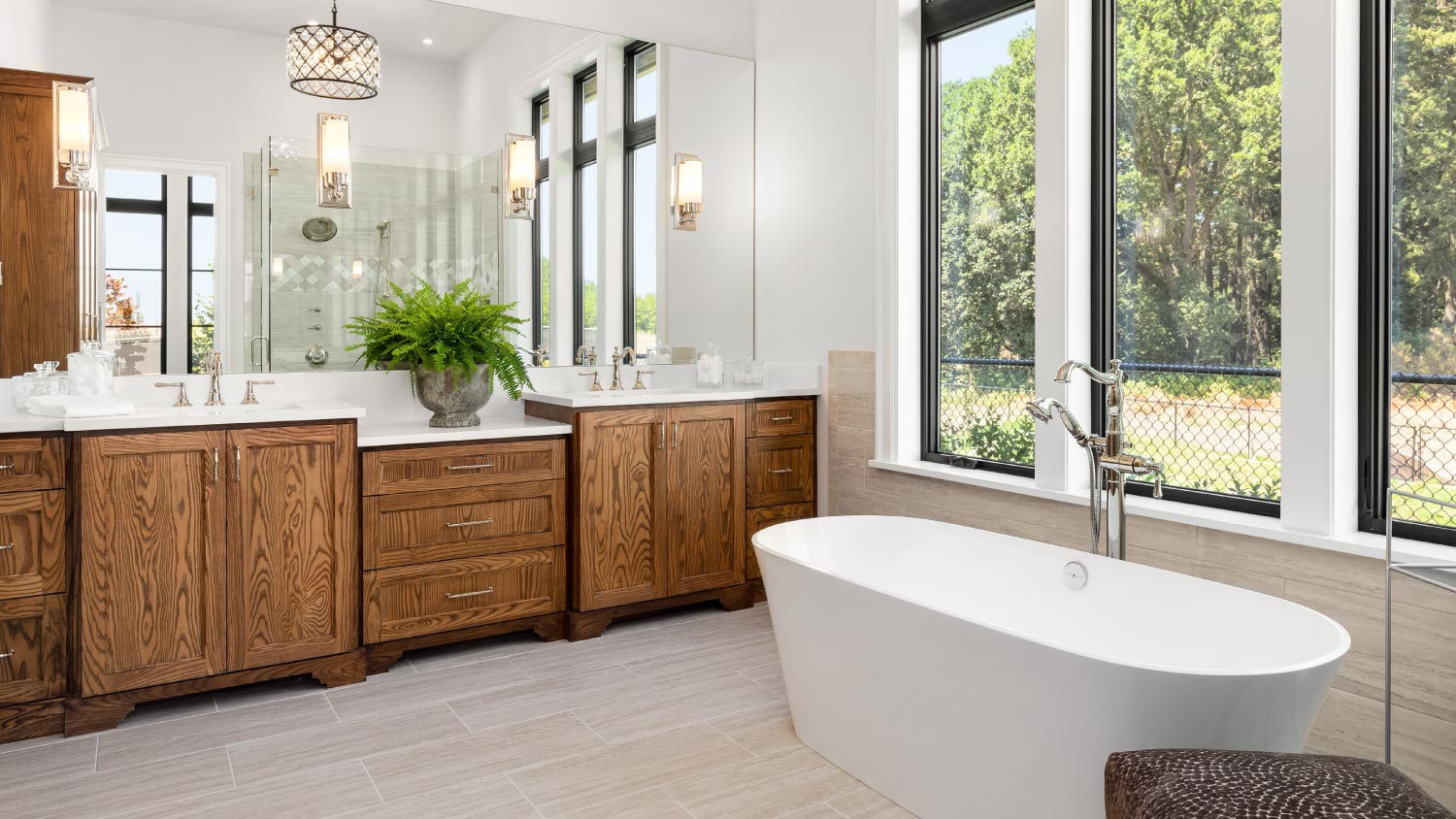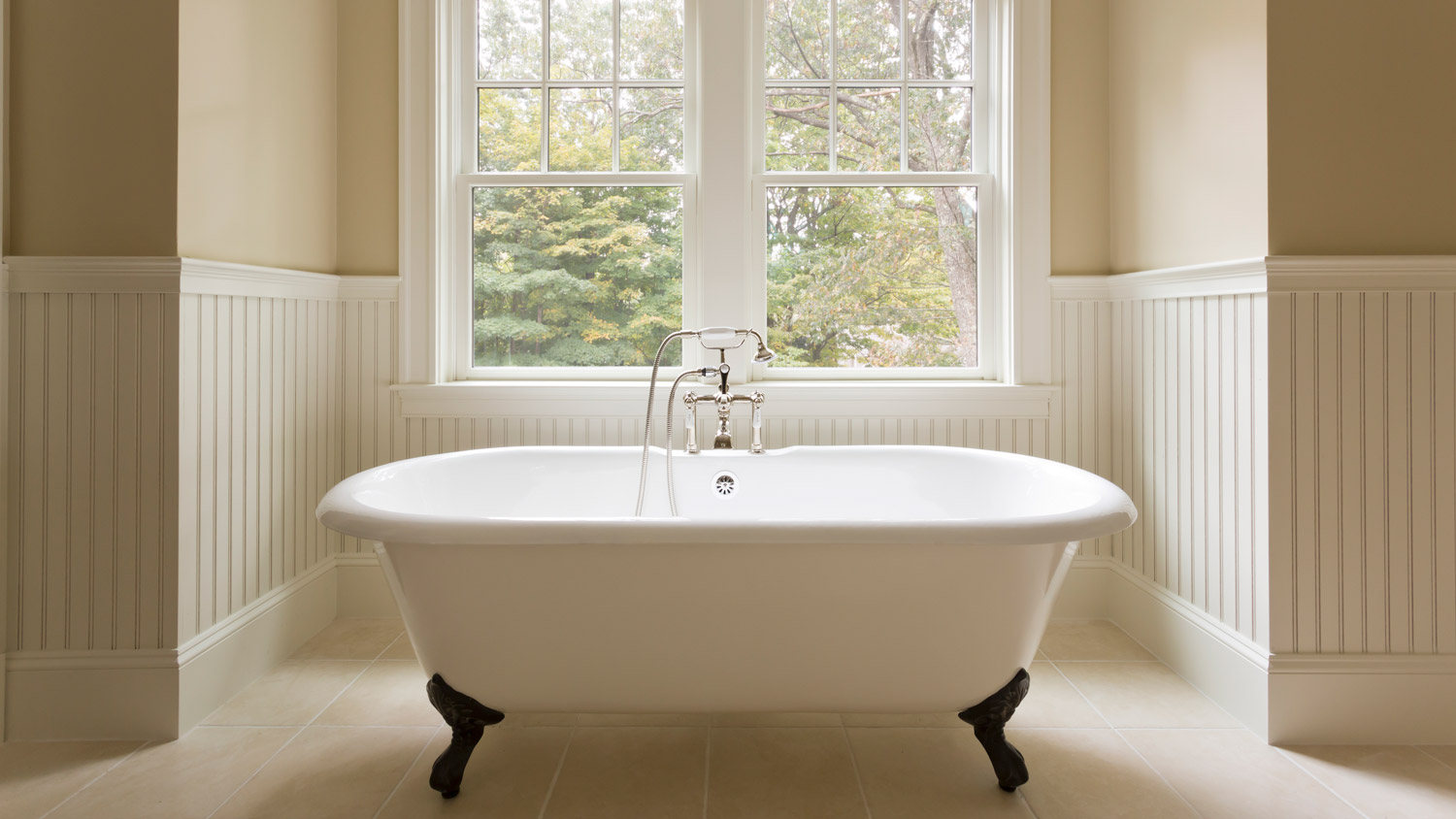
Do you want to add a mudroom to your home but are unsure if it’s within your budget? Use this mudroom addition cost guide to determine your installation price range.
Confidently tackle your home renovation


A home renovation project can be both exciting and challenging. Whether you're upgrading a single room or tackling a whole-house remodel, proper planning and execution help reduce stress. In this step-by-step home renovation checklist, we'll guide you through each stage in your reno as you create a functional space that meets your needs and enhances your home's value.

A well-structured plan and budget will help you avoid unexpected financial issues and keep your home renovation project on track.
Set a clear budget that includes a 10% to 20% contingency for unexpected expenses.
Create a detailed timeline for the project.
Get quotes from multiple local home remodeling contractors, check pro’s credentials, and hire your team.
Research and apply for the necessary permits.
Prioritize renovations based on importance and budget.

Your renovation's design and layout should balance style with functionality. Consider the flow of your home, and choose design choices that are tailored to your lifestyle.
Finalize your design theme (modern, traditional, minimalist, etc.).
Ensure the layout maximizes space, especially in high-traffic areas.
Plan for future needs, such as a universal design that aligns with an aging-in-place remodeling checklist.
Consider the lighting, storage, and functionality of each space.
Demolition is an essential first step, but it requires care to avoid damaging areas that aren't included in your reno. Prepare the space thoroughly to protect your space and belongings.
Remove furniture and valuables from renovation areas.
Shut off utilities (electricity, water, gas) before the demo.
Secure permits for demolition and waste removal.
Use protective coverings for floors, windows, and non-renovated spaces.
Structural integrity is critical to any renovation, especially when altering walls or repairing the foundation. Addressing these issues sooner rather than later to avoid disruptions to the project timeline and budget.
Inspect the foundation for cracks or damage.
Reinforce or replace load-bearing walls and beams.
Address any moisture or water damage.
Check for necessary structural reinforcements if expanding or adding rooms.
Ensure the roof and framing are structurally sound.
Updating electrical and plumbing systems improves the safety and efficiency of your home, especially if you're upgrading fixtures or installing new appliances.
Upgrade old wiring and install additional outlets as needed.
Ensure plumbing lines are up to code and replace outdated pipes.
Add or upgrade ventilation fans in bathrooms and kitchens.
Plan electrical and plumbing layouts before installing new walls.
Proper insulation and ventilation not only improve comfort but also reduce energy costs.
Add or replace insulation in attics, walls, and floors.
Ensure all ventilation systems in the kitchen, bathroom, and attic are functional.
Seal windows and doors to prevent drafts.
Install energy-efficient windows for better insulation.
Select the right flooring and wall materials that balance durability and style to create a comfortable living space.
Choose durable flooring materials based on the room’s function (hardwood, tile, carpet).
Repair or replace damaged subfloors before installing any new flooring.
Patch and repair walls before painting or applying wallpaper.
A kitchen renovation should contribute to a practical and efficient workspace that also matches your home's aesthetic.
Design the layout with the kitchen work triangle (sink, stove, refrigerator) in mind.
Choose durable, easy-to-clean countertops and backsplashes.
Maximize storage with cabinetry, pantry, and shelving options.
Select durable flooring that can handle spills, heavy foot traffic, and anticipated wear and tear from tables or chairs.
Do your research before diving into a remodeling project. Reach out to as many different types of people as you can, from contractors to remodeling companies, to be as informed as possible on all the modern remodeling options available to you.
Bathroom renovations require attention to moisture control and space optimization to create functional, comfortable bathrooms that can withstand daily use.
Use moisture-resistant materials for floors and walls.
Install water-saving fixtures such as low-flow toilets, faucets, and showerheads.
Plan for adequate storage, such as vanities or wall cabinets.
Add adequate ventilation to prevent mold and mildew.
Ensure the bathroom layout follows a home accessibility checklist.
Follow a bedroom remodeling checklist that creates a restful retreat to effortlessly combine comfort with practicality.
Maximize closet space or add built-in storage.
Update flooring for comfort and ease of cleaning.
Add dimmable lighting options to create a relaxing atmosphere.
Install blackout shades or curtains for better sleep quality.
The exterior of your home protects it from the elements while enhancing curb appeal.
Inspect and repair the roof, siding, and gutters.
Upgrade windows and doors for better insulation and security.
Refresh exterior paint or replace siding.
Check landscaping and grading for proper drainage.
Consider adding outdoor living spaces, such as a deck or patio.
The cost to renovate a house can range from $19,500 to $88,500. While most homeowners pay an average of $52,000, the price really depends on how much of the house you’re renovating and what materials you choose. If you’re doing work on most of the house, you can expect these costs to climb higher, especially if the project leans more toward a remodel and you’re tearing down walls and moving plumbing.
Prices also depend heavily on your region and local labor rates, so you can expect higher costs in metropolitan areas compared to more rural areas.
Labor makes up a large portion of the renovation cost—about 50% to 60%. So, you could save about $25,000 if you tackle this project yourself. However, considering just how much work is involved, it’s best to leave a lot of this work to a pro. Even a savvy DIYer may not have the knowledge of building codes, and it can be dangerous to work with plumbing and electrical systems.
If you’re looking to save some money, you can take care of smaller projects, such as painting, ripping out old flooring, or installing cabinets.
From average costs to expert advice, get all the answers you need to get your job done.

Do you want to add a mudroom to your home but are unsure if it’s within your budget? Use this mudroom addition cost guide to determine your installation price range.

If your bathroom vanity top is damaged or cracked, removing and installing a new one can be an easy project to tackle. Learn the cost of replacing your vanity top.

The cost to add a bedroom and bathroom can pay off with an increase in your home’s value and more space for you and your family. Costs vary by project scope.

An updated bathtub can give a bathroom a whole new look. Find out how much it costs to replace a bathtub in Tampa, FL, including prices by type and labor costs.

An updated bathtub can give a bathroom a whole new look. Find out how much it costs to replace a bathtub in San Francisco, CA, including prices by type and labor costs.

Working from home is only productive if you have a dedicated office space. Learn the cost to build a home office, from materials to labor rates.